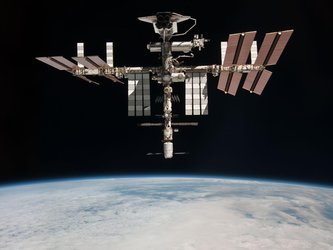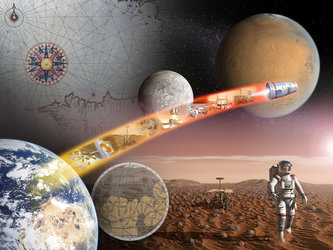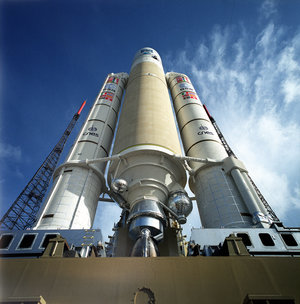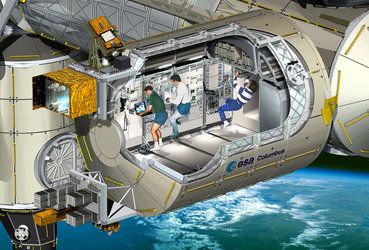Space to discover
Scientific programmes were the foundation of the first European cooperative efforts in space and for four decades they have challenged Europe’s powers of invention and imagination.
In the quest to understand the Universe, the stars and planets and the origins of life itself, ESA satellites have peered into the depths of the cosmos and looked at the furthest galaxies, studied the Sun in unprecedented detail, and begun to explore our planetary neighbours.
In the coming decades, ESA’s current dynamic and adventurous science programmes – which fall under the mandatory activities financed by all ESA Member States – will continue to enhance our understanding of our near-Earth environment and our place in the Universe.
Aurora: en route to Mars and the Moon
Since 2001, ESA has been preparing for Europe’s future exploration missions as well as its participation in international exploration programmes that may materialise following the USA’s announcement of its new Vision for Space Exploration, and the ensuing boost to space exploration on most spacefaring nations’ agendas.
In December 2005, the Aurora programme became a full ESA optional programme under the Directorate of Human Spaceflight, Microgravity and Exploration. Fourteen Member States participate in Aurora, the goal of which is to provide the framework in which robotic and human exploration missions and capabilities are defined and then developed, to be carried out either autonomously or in cooperation with international partners.












